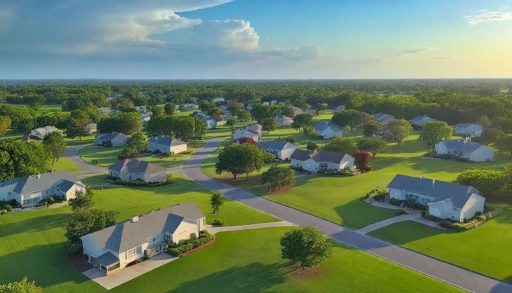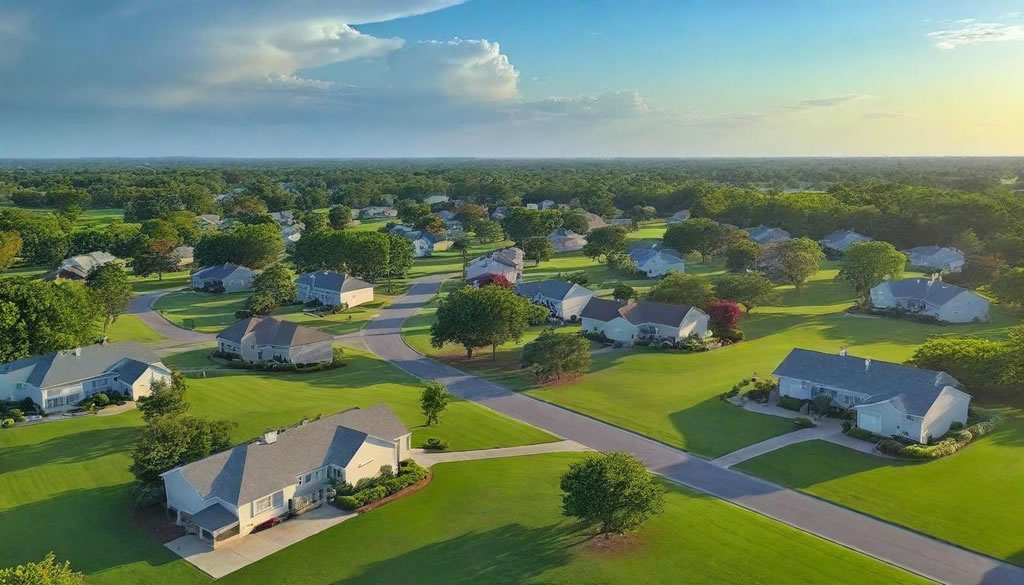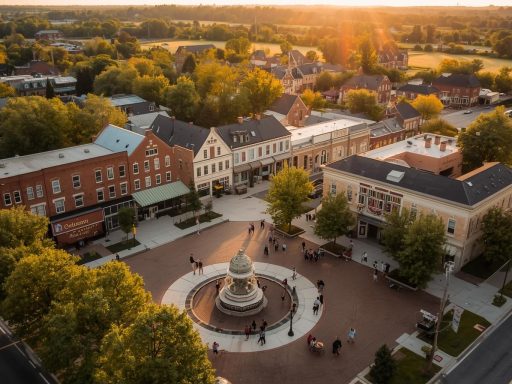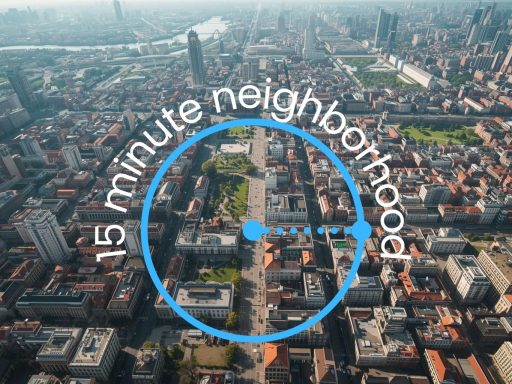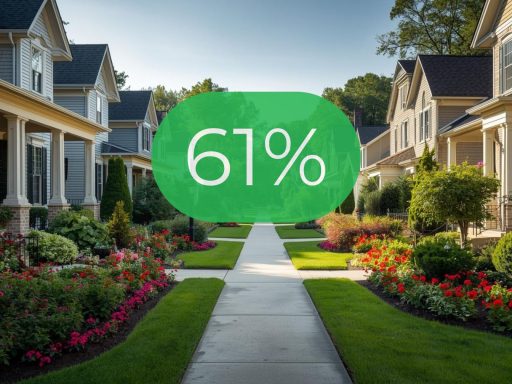Why Homebuyers Care About More Than Just the Four Walls
When people picture buying a home, the first images that usually come to mind are granite countertops, spacious living rooms, and the perfect backyard for summer barbecues. But ask almost any homeowner what really matters when it comes to long-term happiness, and you’ll find the conversation quickly turns from square footage to sidewalks, schools, and a sense of belonging.
A Trulia survey found that five out of six homebuyers say the neighborhood is as important—or even more important—than the house itself. That statistic reshaped how many professionals think about real estate, and it’s worth unpacking why location plays such a dominant role in the decision-making process. Beyond the house itself, the neighborhood can affect everything from daily routines to property values, safety, and long-term investment potential. In other words, where you live often shapes how you live.
The Neighborhood Shapes Daily Life
One of the most compelling reasons buyers focus on neighborhoods is that they dictate the rhythm of everyday living. A great home in the wrong location can feel isolating, inconvenient, or even stressful. Imagine buying your dream kitchen but finding out your morning commute doubles in length, or that the grocery store is twenty minutes farther than you’d like. Those trade-offs add up.
Neighborhoods are more than backdrops; they are ecosystems that influence social interactions, hobbies, and even mental health. Proximity to parks, trails, and green spaces often determines whether families can enjoy outdoor activities without planning a weekend trip. Likewise, access to public transportation or bike-friendly streets changes how residents move through their communities. For many buyers, these details are just as vital as the square footage of the living room.
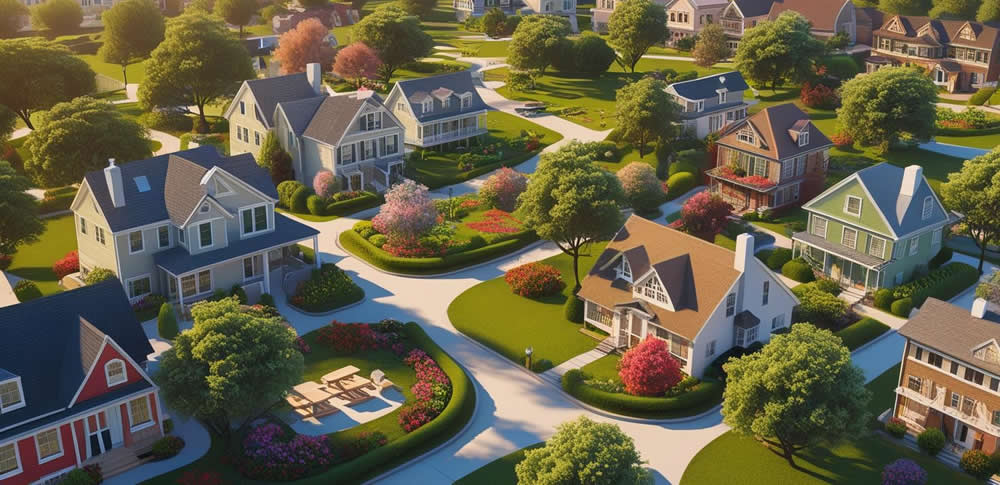
Safety and Peace of Mind
The sense of safety is one of the most basic human needs, and it plays a massive role in why buyers scrutinize neighborhoods so closely. Trulia’s data, along with polls from the National Association of Realtors, shows that crime rates and perceived safety rank consistently at the top of decision-making factors. Families, in particular, are unwilling to compromise on security.
What’s interesting is that safety is not just about crime numbers. It’s about how safe people feel when they walk through their community. Well-lit streets, active neighbors, and community organizations all create an environment where residents feel more secure. Buyers know that this peace of mind cannot be built into a home’s foundation; it comes from the neighborhood itself.
Schools as Anchors of Community
For families, the school district is often non-negotiable. Homes in desirable districts can sell faster and at higher prices, precisely because schools are considered extensions of the neighborhood’s identity. Even buyers without children often think about schools, since strong educational institutions are tied to stable or rising property values.
The Proximitii Score and other livability measures highlight how closely education intertwines with community life. Parents want to walk their kids to safe, well-rated schools. Teenagers benefit from after-school programs located nearby. And for homeowners thinking long term, neighborhoods with respected schools generally weather economic downturns better than those without.
The Economics of Neighborhood Choice
From a financial perspective, the neighborhood is one of the most powerful drivers of a home’s value. A well-maintained home in a declining area may struggle to appreciate, while a modest house in a thriving neighborhood can become a strong investment. That’s why Trulia’s survey showed that buyers are willing to compromise on features like a finished basement or an extra bathroom if it means getting into the right neighborhood.
Neighborhood economics are also about more than property values. Buyers look at the local job market, commute times to major employment hubs, and even future development plans. A neighborhood with a growing economy offers not just a home but a promise of stability and opportunity.
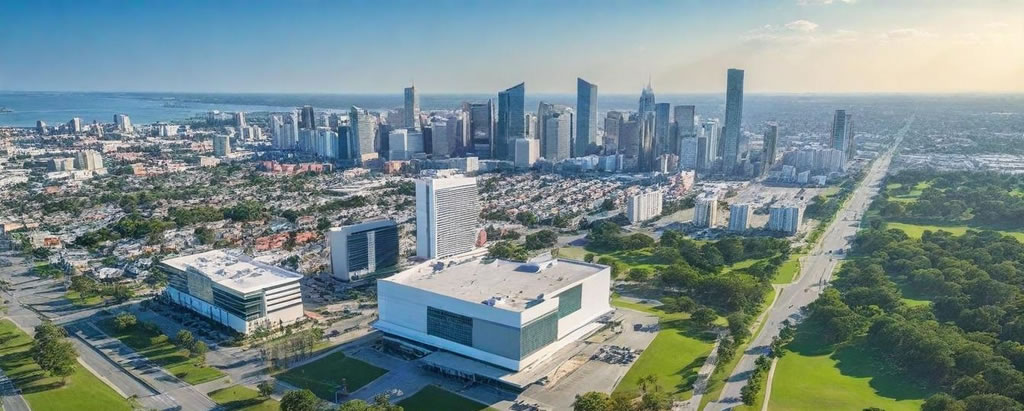
Lifestyle and “The Vibe”
It may sound intangible, but the “vibe” of a neighborhood ranks highly among buyers. A survey by Ally Bank revealed that 88% of Americans consider neighborhood vibe important when choosing where to live. That vibe includes walkability, nearby amenities, and the personality of the community.
For some, that means bustling coffee shops, trendy restaurants, and vibrant nightlife. For others, it means quiet streets, friendly neighbors, and easy access to nature. Either way, buyers understand that these lifestyle elements can’t be renovated into existence. They come with the neighborhood, and they can make or break the experience of living in a home.
Trade-Offs Buyers Are Willing to Make
Perhaps the clearest proof that neighborhoods matter more than homes is the willingness of buyers to make sacrifices. Trulia found that a large share of buyers would give up features like an updated kitchen, a larger yard, or even a shorter commute to live in a neighborhood they love. That’s a remarkable admission, especially in a culture obsessed with the aesthetics of home design.
The data suggests that buyers recognize something profound: while countertops and fixtures can be changed, a neighborhood cannot. Investing in the right location is investing in a way of life that renovations cannot replicate.
A Real-Life Example
Consider a young couple relocating for work. They initially focused on listings with large living spaces and modern finishes. But once they compared neighborhoods using hyperlocal data, their perspective shifted. They realized that one area with slightly smaller, older homes also offered excellent schools, a thriving job market, and walkable amenities. By choosing the neighborhood over the house, they not only improved their day-to-day lifestyle but also positioned themselves for stronger long-term equity.
This story reflects what the numbers already show: most people are willing to compromise on the house if it means gaining the lifestyle benefits of the right neighborhood.
How Technology Helps Buyers Evaluate Neighborhoods
In the past, buyers relied on word of mouth or surface impressions when evaluating neighborhoods. Today, platforms like Local Insights and scoring systems like the Proximitii Score make it possible to analyze hundreds of hyperlocal data points. These tools provide clarity on crime, amenities, demographics, housing trends, and more. By quantifying what makes a neighborhood livable, they help buyers avoid costly mistakes and focus on areas that match their priorities.
Technology doesn’t replace intuition, but it supports it with facts. It validates whether a neighborhood really has the walkability, safety, or community character that buyers seek. And because five out of six people already believe neighborhoods are equal to or more important than the home, these insights are becoming indispensable.
The Future of Homebuying Is Neighborhood-First
The real estate industry has long repeated the mantra “location, location, location.” But what surveys like Trulia’s make clear is that modern buyers interpret location less as geography and more as livability. They don’t just want to know what city or ZIP code they are in. They want to know what their daily life will feel like in that specific neighborhood.
As tools for evaluating neighborhoods grow more sophisticated, we can expect even more buyers to lead with questions about safety, schools, commute times, and community amenities. The house is still important, of course. But increasingly, the house is being seen as a vessel. The neighborhood is the experience.
Final Thoughts
The statistic that five out of six people say the neighborhood is as important—or more important—than the house itself is more than a fun fact. It’s a reality check for buyers, sellers, and agents alike. Homes can be remodeled, upgraded, or expanded. Neighborhoods, on the other hand, define the quality of life in ways that walls and roofs never can.
As buyers continue to prioritize neighborhoods, tools like Local Insights will become central to the decision-making process. After all, choosing the right home is important—but choosing the right neighborhood is life-changing.

